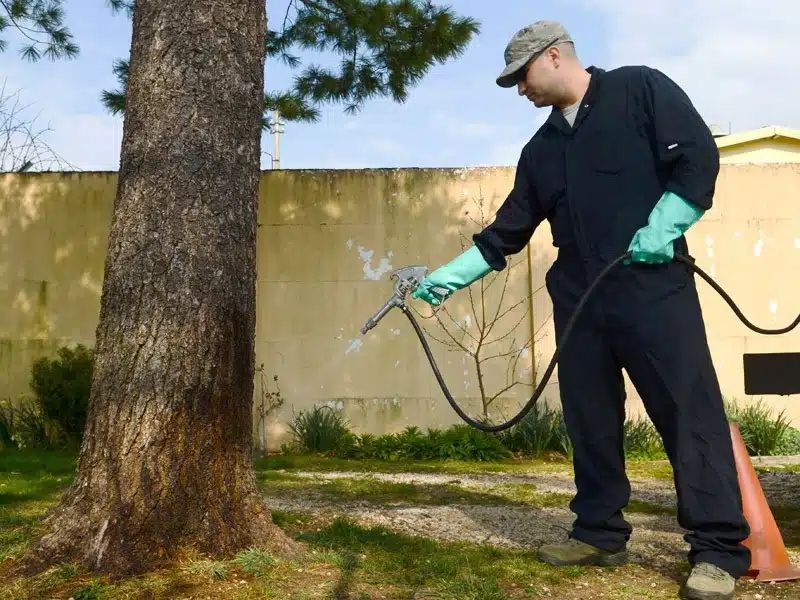
Innovations in Pest Control: Shaping a Greener Future
Introduction (100 words): Pest control has come a long way from traditional methods that relied on harmful chemicals and pesticides. Today, with growing environmental concerns and a greater emphasis on sustainability, the pest control industry is embracing innovative and eco-friendly solutions. These advancements not only ensure effective pest management but also safeguard our ecosystem. In this article, we will explore some unique approaches and technologies revolutionizing pest control, paving the way for a greener future.
- Integrated Pest Management (150 words): Integrated Pest Management (IPM) is a comprehensive approach that focuses on prevention, monitoring, and control of pests while minimizing the use of harmful chemicals. It involves a combination of strategies such as biological control, habitat modification, and cultural practices to manage pest populations. IPM techniques include the introduction of natural predators, trapping mechanisms, and the use of pheromones to disrupt mating patterns. By reducing reliance on pesticides and promoting a balanced ecosystem, IPM offers a sustainable solution to pest control.
- Biopesticides (100 words): Biopesticides are derived from natural sources such as plants, bacteria, and fungi. They offer an effective and environmentally friendly alternative to chemical pesticides. Biopesticides work by targeting specific pests while leaving beneficial organisms unharmed. For example, certain strains of bacteria can control mosquito larvae, preventing the spread of diseases without harming other organisms. With ongoing research and development, biopesticides are becoming increasingly popular due to their minimal environmental impact.
- Pest-Sniffing Dogs (100 words): Pest-sniffing dogs have proven to be invaluable in detecting and locating pests in various settings, including agriculture, food storage facilities, and even residential homes. These highly trained dogs have a keen sense of smell and can detect the presence of pests like bed bugs, termites, and rodents. By accurately identifying the source of infestations, pest control professionals can target their efforts more precisely, minimizing the need for widespread chemical treatments.
- Smart Pest Monitoring (100 words): Advancements in technology have given rise to smart pest monitoring systems. These innovative devices use sensors, cameras, and data analytics to detect and monitor pest activity. By collecting real-time data, these systems can provide early detection of infestations, allowing for timely intervention. Furthermore, smart pest monitoring enables targeted treatments, reducing the overall amount of pesticides used. This technology also assists in identifying patterns and trends, aiding in long-term pest management strategies.
Conclusion (50 words): The future of pest control lies in sustainable and eco-friendly solutions. Through integrated pest management, biopesticides, pest-sniffing dogs, and smart monitoring systems, we are witnessing a shift towards more efficient and environmentally conscious pest control practices. By adopting these innovative approaches, we can effectively manage pests while preserving our ecosystem for future generations.
